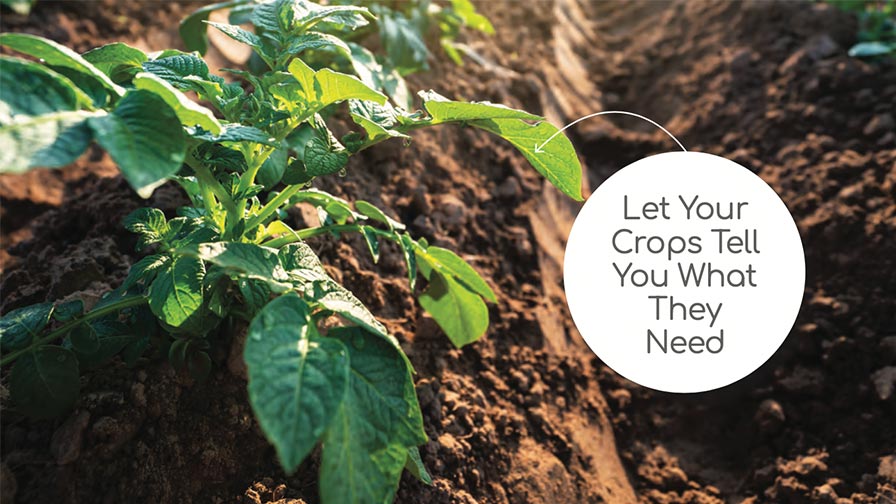Weed-Killing Robots Aim To Save Time and Money for Strawberry Growers
The future is now for farmers as robots and artificial intelligence-based technologies are beginning to gain more ground in the field. Take for example, University of Florida scientists are hoping to eventually help strawberry growers unleash precision strikes on weeds – saving growers time and money as well as leaving the fruits of their labor intact.
To conduct their studies, the UF/IFAS researchers Nathan Boyd and Arnold Schumann mounted a smart spray system to a tractor-pulled sprayer, which uses the highly targeted process to spray only weeds. So far, it’s killing up to 90% of the weeds, according to the researchers.
Together, Boyd and Schumann are using artificial intelligence to detect and identify weeds within a crop canopy. The technology also can do the reverse: detect the canopy and spray everything else.
Boyd and his team trained AI programs to scan for weeds in the images collected by a camera. Once detected, a computer sends a signal to the spray system to spray the herbicide only on the weeds.
“This is done while moving through the field on a tractor, so you have to be able to detect weeds and hit a moving target,” Boyd says.
While the research remains in the preliminary stages, Boyd wants to reduce the amount of herbicide spray strawberry growers use. That saves farmers money and helps cut unwanted chemicals from getting into the environment.
Asked for cost-savings estimates, Boyd gave this example: If you shoot low and anticipate a grower using an inexpensive herbicide that costs $30 per acre and you drop the amount of spray by 50%, you save $15 per acre.
Boyd presented his early findings on precision herbicide spraying on strawberry plasticulture during the recent Florida Ag Tech conference, hosted virtually at the Southwest Florida Research and Education Center in Immokalee.
“If you use a tractor-pulled sprayer, our technology will reduce fuel consumption by reducing the number of times you need to drive back to your spray facility to fill your tank and mix the herbicide,” Boyd adds. “If you are using a lot less spray, it also means you can use a smaller tank and therefore a smaller tractor with lower fuel consumption. That is just the beginning, though. Our ultimate goal is to integrate this technology into autonomous robots, so you don’t need the tractor driver anymore, and the robots are all solar-powered or run by electricity. We are trying to get the funding to achieve this last step.”









